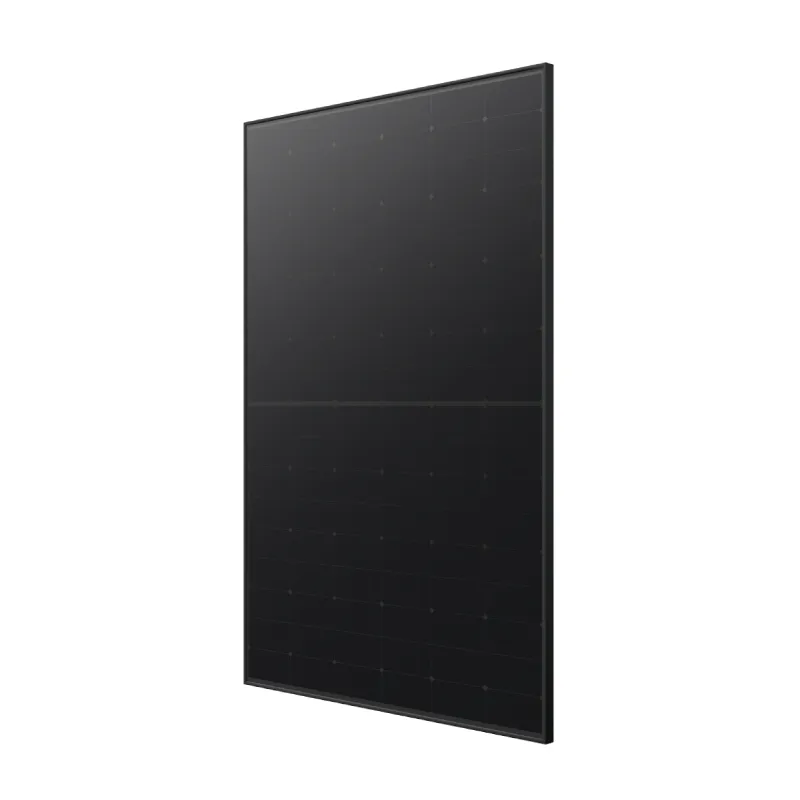Understanding the Size of a 150 Watt Solar Panel for Effective Energy Needs
Understanding the Size of a 150W Solar Panel
In recent years, solar energy has gained immense popularity as a sustainable and eco-friendly source of electricity. Among various solar panel options available in the market, 150W solar panels have emerged as a practical choice for residential and small-scale commercial applications. Understanding the size and dimensions of these panels is crucial for prospective buyers looking to optimize their energy needs.
What is a 150W Solar Panel?
A 150W solar panel is designed to produce a maximum output of 150 watts under standard test conditions. This output level makes it suitable for various applications, including powering small appliances, charging batteries, and supporting off-grid systems. The efficiency and size of the panel result from advanced photovoltaic technologies that convert sunlight into electricity.
Size and Dimensions
The physical size of a 150W solar panel can vary among manufacturers, but it typically falls within a specific range. Most commonly, a 150W solar panel measures approximately 58 inches in length and 26 inches in width, and it has a depth of around 1.5 to 2 inches. This dimension makes the panel relatively compact and easier to install, especially on rooftops or in constrained outdoor spaces. Despite its small size, a 150W panel can still hold significant power generation capabilities, making it appealing for various applications.
Capacity and Performance Factors
150w solar panel size

When considering the size of a 150W solar panel, it is essential to understand the factors that influence its capacity and performance. Solar panels perform best under direct sunlight, and their output can fluctuate based on weather conditions, shading, and the angle of installation. Therefore, while a 150W rating indicates the peak output, actual production may be lower depending on these conditions.
In addition to size, the type of solar cells used—monocrystalline, polycrystalline, or thin-film—plays a vital role in the panel's efficiency. Monocrystalline panels, for example, are known for their higher efficiency and smaller size compared to polycrystalline alternatives. Thus, if space is a concern, opting for a high-efficiency monocrystalline 150W panel may provide better performance.
Installation Considerations
The installation of a 150W solar panel involves several considerations, including mounting options and space availability. A single panel can provide sufficient energy for smaller devices, but for larger energy needs, multiple panels may be necessary. Homeowners or business owners should evaluate their energy consumption to determine how many panels might be required to meet their specific needs.
Additionally, it's crucial to consider the orientation and tilt of the panels. A south-facing installation typically captures the most sunlight throughout the day, maximizing energy production. Similarly, ensuring that the panels are free from obstructions, such as trees or buildings, is essential to achieve optimal efficiency.
Conclusion
In summary, a 150W solar panel is a compact and efficient option for generating renewable energy. With its manageable size, it can be integrated into various applications, from residential energy systems to small-scale commercial setups. Understanding the size and performance factors of these panels can help consumers make informed decisions, ultimately leading to a more sustainable energy future. Emphasizing efficiency, installation considerations, and energy needs will ensure that any investment in solar technology provides lasting benefits and supports the global move towards greener energy solutions.
-
Understanding the Advantages of Solar String Inverters for Your Energy SystemNewsApr.29,2025
-
Choosing the Right PV Inverter: A Comprehensive GuideNewsApr.29,2025
-
The Future of Solar Power: Exploring Bifacial Solar PanelsNewsApr.29,2025
-
The Complete Guide to Solar Panels: Efficiency, Cost, And InstallationNewsApr.29,2025
-
The Best Options for Efficiency and Cost-EffectivenessNewsApr.29,2025
-
Harnessing the Power of Off-Grid Solar Inverters for Energy IndependenceNewsApr.29,2025







